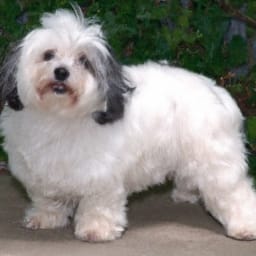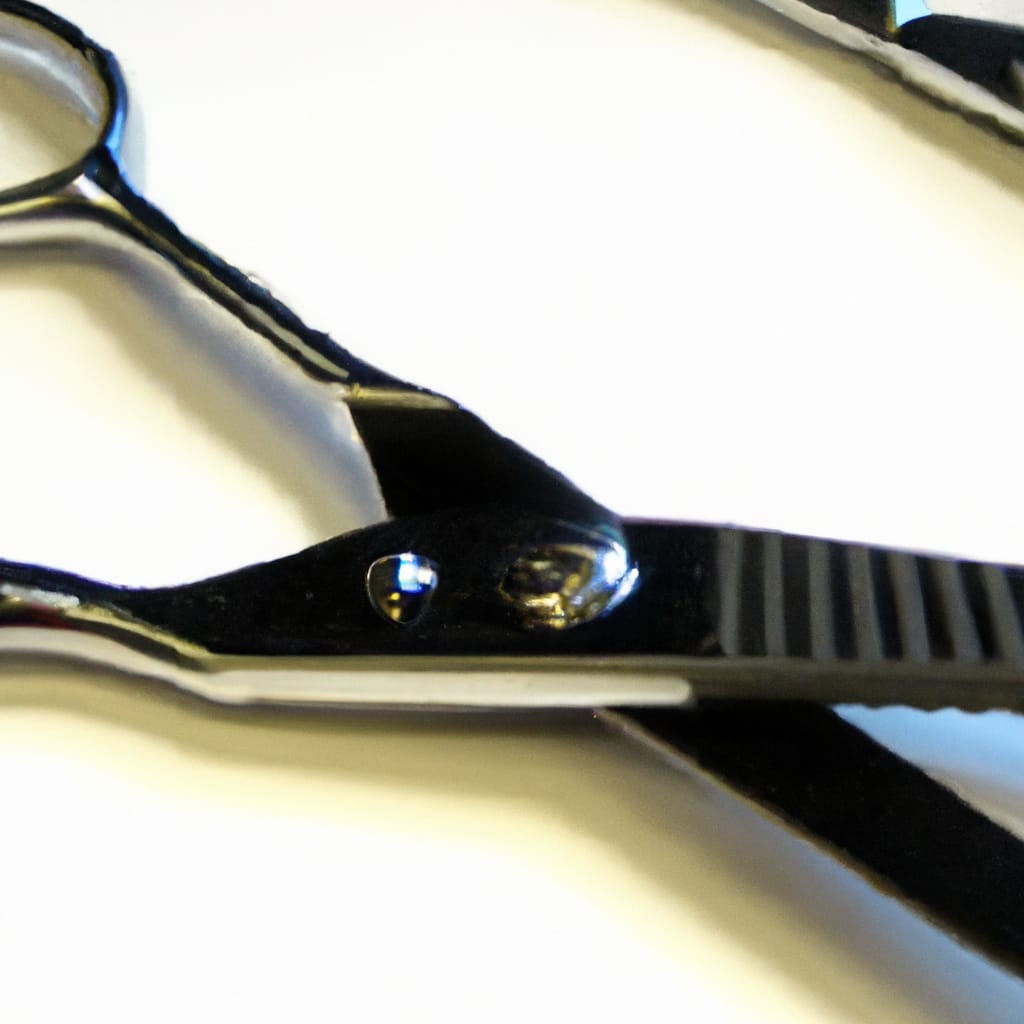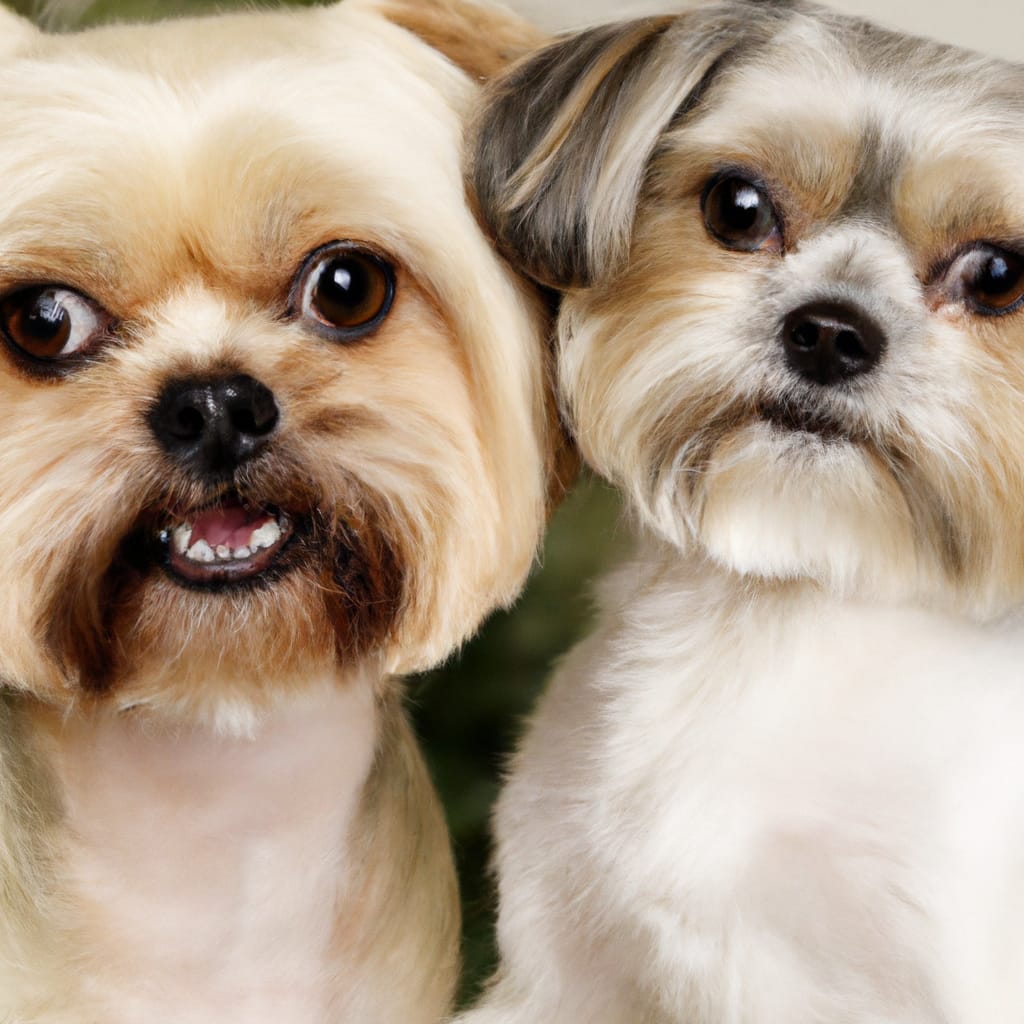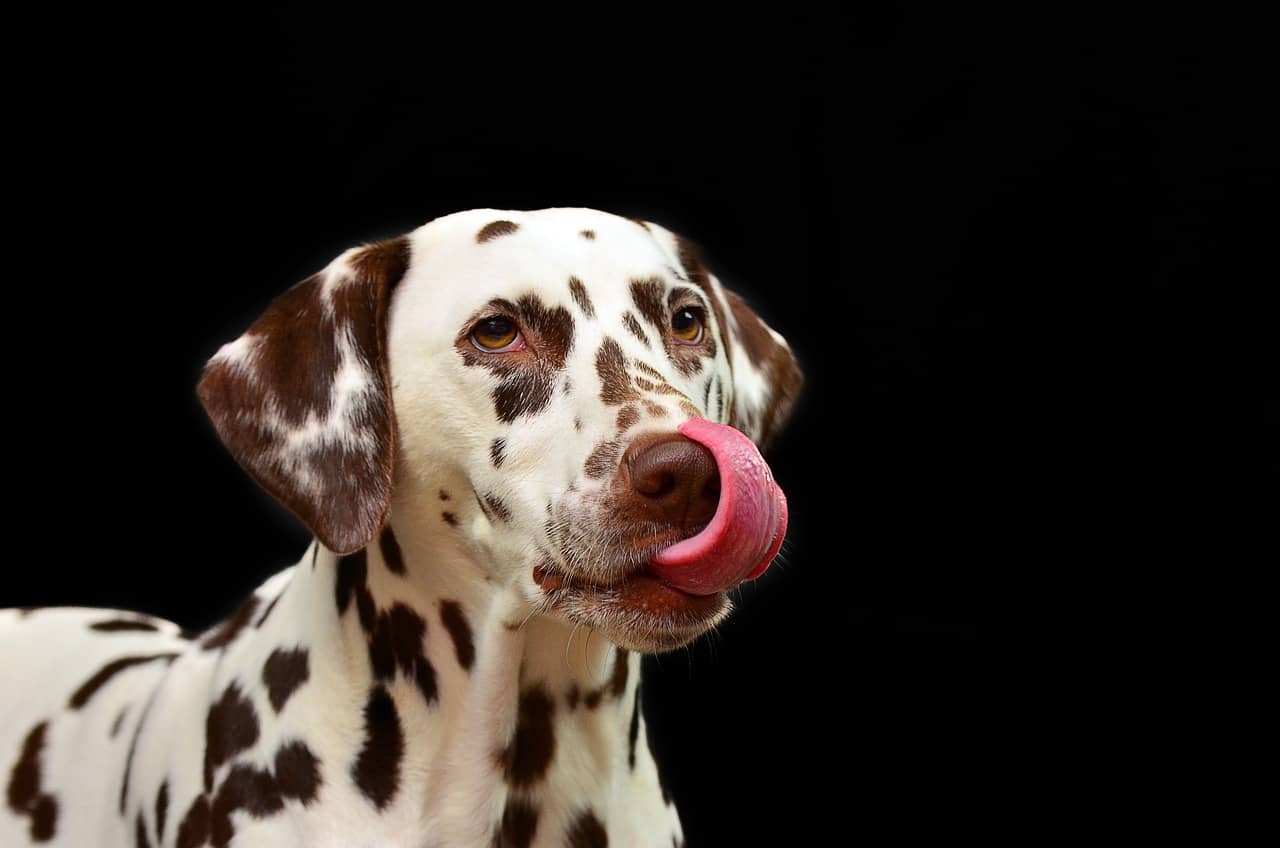Yorkie Poos Shedding: Why Do Yorkie Poos Shed?
Do Yorkie Poos Shed? Are you a proud owner of a Yorkie Poo? If so, you may have noticed that your adorable furry friend tends to leave behind a trail of hair wherever they go. But have you ever wondered why Yorkie Poos shed? In this article, we will explore the reasons behind their shedding and provide you with some helpful tips and tricks to manage it effectively. So, if you’re tired of finding clumps of fur all over your furniture and clothes, keep reading to uncover the secret behind those cute little hairs your Yorkie Poo leaves behind.

Yorkie Poos Shedding
Understanding the Shedding Process
If you are a proud owner of a Yorkie Poo, you may have noticed that your furry friend sheds. Shedding is a natural process for many dog breeds, and Yorkie Poos are no exception. Understanding the shedding process can help you better care for your beloved pet and keep their coat looking healthy and beautiful.
The Role of Genetics in Shedding
Genetics play a significant role in shedding patterns among Yorkie Poos. Just like humans inherit certain traits from their parents, dogs also inherit traits from their ancestors. In the case of shedding, the coat type of a Yorkie Poo is heavily influenced by their genetic makeup.
Environmental Factors and Shedding
While genetics lay the foundation for shedding tendencies, environmental factors can also affect the amount of hair your Yorkie Poo loses. Factors such as climate, temperature, and indoor environments all have an impact on shedding patterns. Being aware of these factors can help you manage shedding effectively.
1. Understanding the Shedding Process
1.1 Hair Growth Cycle
To understand shedding, it’s essential to familiarize yourself with the hair growth cycle. The hair growth cycle consists of three main phases: the anagen phase, the catagen phase, and the telogen phase.
1.1.1 Anagen Phase
During the anagen phase, hair actively grows from the hair follicles. This is the phase when the hair is most vibrant and healthy. The duration of the anagen phase can vary from dog to dog.
1.1.2 Catagen Phase
The catagen phase is a transition phase between the growth and resting phases. During this phase, the hair stops growing and detaches from the blood supply. This phase is relatively short compared to the other phases.
1.1.3 Telogen Phase
The telogen phase is the resting phase of the hair growth cycle. Hair that enters this phase is no longer growing and is ready to shed. The duration of the telogen phase can vary, and it is during this phase that shedding occurs.
1.2 Normal vs Excessive Shedding
While shedding is a natural process, it is important to distinguish between normal shedding and excessive shedding. Normal shedding is a healthy process where loose hairs are released during the telogen phase. However, excessive shedding may indicate an underlying issue that requires attention.
1.2.1 What is Considered Normal Shedding
Normal shedding in a Yorkie Poo is typically a gradual process that occurs throughout the year. It is common for a dog to shed more during seasonal changes. A healthy coat should have a balanced shedding pattern, and you should expect to find some loose hairs around your home or on your clothes.
1.2.2 When Shedding Becomes Excessive
Excessive shedding, on the other hand, may be a cause for concern. If your Yorkie Poo is shedding excessively, it could be a sign of an underlying health issue, such as allergies, hormonal imbalances, or skin conditions. In such cases, it is recommended to consult with a veterinarian to determine the cause and find appropriate solutions.

2. The Role of Genetics in Shedding
2.1 Inheritance of Coat Type
The shedding patterns of Yorkie Poos are heavily influenced by genetics. Coat type inheritance determines whether a dog will have a low-shedding or high-shedding coat. Understanding how coat type is inherited can help you anticipate your Yorkie Poo’s shedding tendencies.
2.1.1 Genetic Factors and Coat Type
Coat type is determined by a combination of genes inherited from both parents. Yorkie Poos can inherit a variety of coat types, including straight, wavy, or curly. The texture and density of the coat can also influence shedding patterns.
2.1.2 Dominant and Recessive Traits
The inheritance of coat type follows the rules of dominant and recessive traits. Some coat types, such as curly or wire-haired coats, are controlled by dominant genes, while other coat types, such as straight or silky coats, are controlled by recessive genes. Understanding the dominant and recessive traits in your Yorkie Poo’s lineage can give you insight into their shedding tendencies.
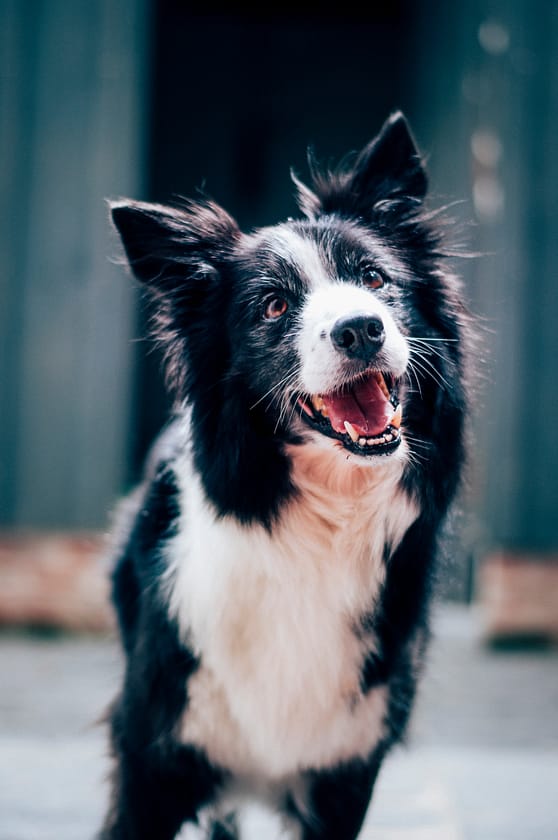
3. Environmental Factors and Shedding
3.1 Climate and Shedding
The climate in which your Yorkie Poo lives can have a significant impact on their shedding patterns. In warmer climates, dogs may shed more to regulate their body temperature, while in colder climates, they may shed less. Regular grooming and appropriate coat care can help manage shedding in different climates.
3.2 Indoor Environments and Shedding
Indoor environments, particularly those with central heating or air conditioning, can affect shedding in Yorkie Poos. Artificial environments may disrupt the natural shedding process, leading to an irregular shedding pattern. Maintaining a clean and well-ventilated living space can help minimize shedding.
3.3 Stress and Shedding
Stress can also play a role in shedding among Yorkie Poos. Just like humans, dogs can experience stress, which can manifest in various ways, including excessive shedding. Identifying and managing stressors in your dog’s life can help reduce shedding and promote overall well-being.
Understanding the shedding process, the role of genetics, and environmental factors can help you better care for your Yorkie Poo’s coat. By providing appropriate grooming, a healthy diet, and a stress-free environment, you can help minimize shedding and keep your furry friend looking their best. Remember, shedding is a natural process, but if you notice any excessive shedding or sudden changes in your dog’s coat, it’s always best to consult with a veterinarian for proper guidance and care.







